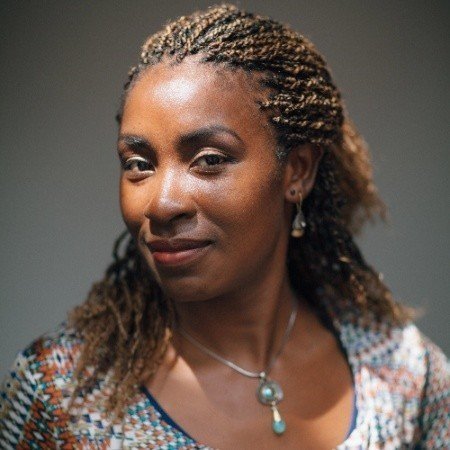Equal Pay & Caregiving: How Covid19 Further Exacerbates Existing Inequities
International Women’s day is a day in which many celebrate the progress we’re making towards equal pay and fair wages between men and women. Over more than a century, this day has been observed in February on the Julian calendar and March on the Gregorian calendar. What is encoded in the language-as is often the case-is that International Women’s Day is actually only a marker of the progress being made to bridge the wage gap between white men and white women.
Black women currently observe equal pay day in August—August 3rd, this year, and it has yet to become cause for celebration; we have had to work approximately 8 months into the new year just to earn the same amount of pay that white (Non-Hispanic) men earned last year. “Black women’s gender pay gap has only closed three cents in 30 years, according to the National Women’s Law Center. This disparity adds up to a typical loss of $24,110 dollars a year, totaling about $900,000 over a 40-year career.”-Fortune
AAPI Women’s Day March 9, 2021
Black Women’s Day August 3, 2021
First Nations Women’s Day September 8, 2021
Latina Women’s Day October 21, 2021-Equal Pay Today
BIPOC women disproportionately comprise roles in service industries placing them in a precarious position as COVID-19 ravaged the country. Not only is the exposure risk for COVID-19 greater for essential workers, but untreated (due to an increased probability of misdiagnosis) comorbidities pose an added risk. Additional risk factors that affect BIWOC are the likelihood that we, compared to our white counterparts, are underinsured, uninsured, or otherwise unable to take the time off of work for routine health screenings and adequate medical care, preventive or otherwise. BIPOC are literally forced to gamble with our lives everyday.
A Phoenix, Arizona couple recently contracted COVID-19 during the surge of the Delta variant; both are essential workers, neither have health insurance. He tested positive at his place of employment where he holds a “temp” position providing seasonal support to medical personnel in various hospital settings since the pandemic hit. She currently works in hospitality, furloughed from a slightly better-paying job due to COVID. They are wholly dependent on both incomes to stay housed and fed; someone had to continue working, and that someone would be her.
She weathered the nearly three weeks of symptoms doing her best to keep from contaminating others and keep coworkers and supervisory staff from noticing she was symptomatic. This included wearing two surgical masks while contending with fatigue, shortness of breath, and body aches due to the virus.
For Black women, of whom many are the primary breadwinners of their households, the pay gap of 63 cents on the dollar represents more than just a loss of money, said Shannon Williams, the director of Equal Pay Today, a project of Equal Rights Advocates.
If the gender pay gap were eliminated, on average, a Black woman working full-time year-round would have enough money for more than two-and-a-half years of child care, more than two-and-a-half additional years of tuition and fees for a four-year public university, or 22 more months of rent, according to the National Partnership for Women & Families.-Fortune
Even in the absence of the complications brought on by a global pandemic, BIPOC have a higher prevalence of unpaid caregiving responsibilities to balance with compromised resources. Per the Institute on Aging c. 2016, upwards of 75% of caregivers are female, and 20.3% of caregivers overall identify as African American. The highest number of unpaid caregivers belong to the Hispanic population coming in just above African Americans at 21%. Full report [here].
How are the most supportive among us also the least supported, and why?
Time’s Up contends,
“The wage gap gets created over time. It starts when you get hired at a lower wage from the beginning of your career, because the hiring practices are wrong. It grows when you are unable to meet the expectations of the ideal worker, because you have demands at home, don’t have paid leave and you lack predictable scheduling. It grows even wider when you get to the top of the scale, because you’ve been unable to meet the ideal worker expectations [that were not created for women, but for men].
A system as complex as this is not broken, it is working just as it was designed. It is imperative that every one of us ceaselessly demands that policymakers and companies devise, implement, and cultivate the tools and training necessary to dismantle the systems working to sustain the gender-based wage gap and the oppressive toll it takes on BIWOC families.
Dr. Dede Testubayashi’s (Deh-deh Teh-tsu-bye-ya-she) expertise is DEI + product + business value and integrating them into a team and organization's best practices. She has extensive experience building frameworks and guidelines to integrate product inclusion into the development process, and driving adoption as an integral portion of phased and prioritized roadmaps for teams to execute against. Dede is a member of the Equity Army run by Annie Jean-Baptiste, a group focused on educating organizations on Product Inclusion. She's also a founding member of Tech Ladies, a group focused on inclusivity in tech, and is working on two new publications; a memoir and a product inclusion guide.


